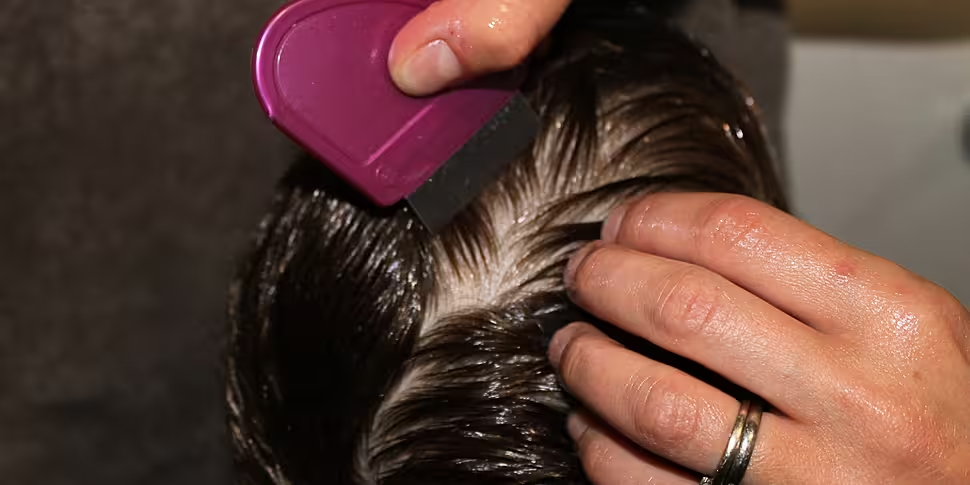‘Selfie surprise’ is a new term for contracting head lice from taking selfies, anecdotal research has revealed.
A report in The Washington Post over the summer has shown evidence from epidemiologists claiming there has been a rise in the number of head lice outbreaks.
Part of this rise has been attributed to teenagers taking selfies.
On The Pat Kenny Show today, registered advanced nurse practitioner and nurse tutor Celine Daly said this evidence is not new.
“In 2019 The Irish Times reported an increased instance of head lice due to selfie taking among teenagers,” she said.
“And again, that was pharmacists who were saying that they were having reports of parents coming in and that their teenagers were having outbreaks of head lice, and they felt it was due to this culture of taking selfies.”
Ms Daly said the typical age for head lice is between four and 11 – but this has changed in recent years.
Head to head contact
The nurse practitioner said head lice thrive from “head to head contact”.
“Head lice don't thrive off the off the scalp - they are parasitic creatures, and they live off our blood,” she said.
“So once they are off your scalp, they only survive between 24 and 48 hours.
“It is their wee, poo and saliva that our body's immune system reacts to and makes you scratch.
“Your body makes you scratch to physically destroy the head lice.”
Ms Daly explained that your body remembers the feeling of headlice, so when you contract them for a second time, rather than it taking a few weeks of settling in for you to start scratching, you will see the effect after two days.
“The most important thing to do as parents is to be proactive,” she said.
“If you have a child going to national school, you should be checking your child's hair every week or two weeks for head lice by fine tooth comb in the hair, examining the scalp to see if there are any head lice there.
“It is really important to do this, because if you leave this for several weeks, then what happens is you have a huge problem trying to fine tooth comb all the lice out of the hair, and treat the hair.”
Communication is key
According to the British Association of Dermatologists, there is no way of preventing or guarding yourself against head lice, so it is important to keep on top of checking your children.
Ms Daly said that implementing a ‘hair tie up’ policy in schools can be really helpful so you have less hair to hair contact.
"Communication" within the classroom "is key", she said.
In terms of physically getting rid of lice, Ms Daly said physical insecticides work well to destroy lice when combined with wet combing.
“You have to actually fine tooth comb those eggs out of the hair,” she said.
“Treat on day one and then treat on day seven again.
“Do wash your combs, hats, all that kind of stuff, too, or bag it for a couple of day and then if there are any lice on your bed linen or on your hats or scarves, they will die after a couple of days anyway.”
Ms Daly said it is important to work out a treatment schedule in the classroom if a lice infestation has gotten out of hand.
Listen back here:
Main image: Treating head lice. 08/06/16 Image: Naomi Aylott / Alamy Stock Photo









